Prebiotics, probiotics. You’ve heard the terms thrown around here, there and everywhere. But do you really know what the difference is between the two, and what role they play in maintaining your gut (and overall) health? Today we’re taking a deep dive into pre- and probiotics. So, take a seat and strap yourself in for the ride!
Prebiotics
Prebiotics are the non-digestible fibre components of foods that stimulate the growth of good bacteria in the gut. But – not all fibre is considered a prebiotic fibre. For a fibre to be classified as being a prebiotic, it must pass through the stomach and the small intestine undigested and reach the large intestine, where it stimulates the growth of good bacteria. These good bacteria are known as probiotics when they are consumed in drinks like Yakult – more on that later.
Whilst being a food source for the good bacteria in the gut is pretty impressive in it’s own right, there is a specific type of prebiotic fibre known as resistant starch which delivers a truly important benefit to your health. Resistant starch offers itself up as food to the good bacteria in the gut – but when the good bacteria ferments this prebiotic fibre, it produces a by-product known as butyrate. Butyrate is a short chain fatty acid that has a protective effect on the cells found in the gut and can even help to prevent colon cancer. If that’s not impressive, we don’t know what is!
So where can you find prebiotic fibre? Well, fibres that are considered to have a high prebiotic effect include inulin, fructo-oligosaccharides and galacto-oligosaccharides. These can be found in a wide range of foods. In terms of vegetables, onions, artichokes and asparagus all pack a prebiotic punch. Interestingly, you can also find prebiotic fibre in potatoes, pasta and rice – but it is important to note that these food sources must be cooked, and then cooled, to be considered a source of prebiotic fibre. Finally, you can find prebiotics in legumes, some fruits and nuts, and wholegrains. BARLEYmax® wholegrain is a fantastic source prebiotic fibre, and specifically, resistant starch. BARLEYmax® contains a whopping four times the amount of resistant starch that is found in most other wholegrains.
Probiotics
Probiotics are the live bacteria that are naturally created by the process of fermentation in a range of foods including sauerkraut, kimchi and yoghurt. You’ll also be aware that probiotics can be found in capsule format, and even in pre-prepared drinks.
Whilst the term ‘probiotic’ is a generic term that refers to a wide range of bacteria, there are two main forms of probiotics that are beneficial for the gut.
Lactobacillus – commonly found in yoghurts and fermented foods.
Bifidobacterium – can be found in dairy products. This type of bacteria is naturally occurring I the large intestine and can help maintain bowel health and regularity, as well as boosting the immune system.
So, which is best?
The short answer is – both. Both prebiotics and probiotics play an important role in maintaining gut – and overall – health. It’s also important to note that each person’s microbiome, essentially the environment that prebiotics and probiotics interact in – varies wildly from person to person. There is no ‘one-size-fits-all’ approach to gut health, so if you are experiencing any digestive discomfort, or just want to make sure you’re taking the best possible care of your gut and digestive system – it’s advisable to have a chat with your doctor.
Intended as general advice only. Consult your health care professional to discuss any specific concerns.



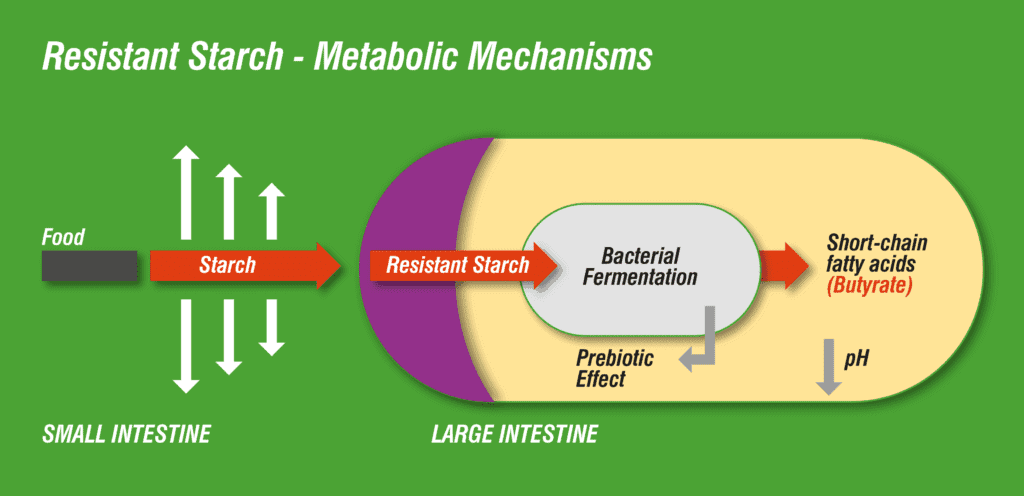
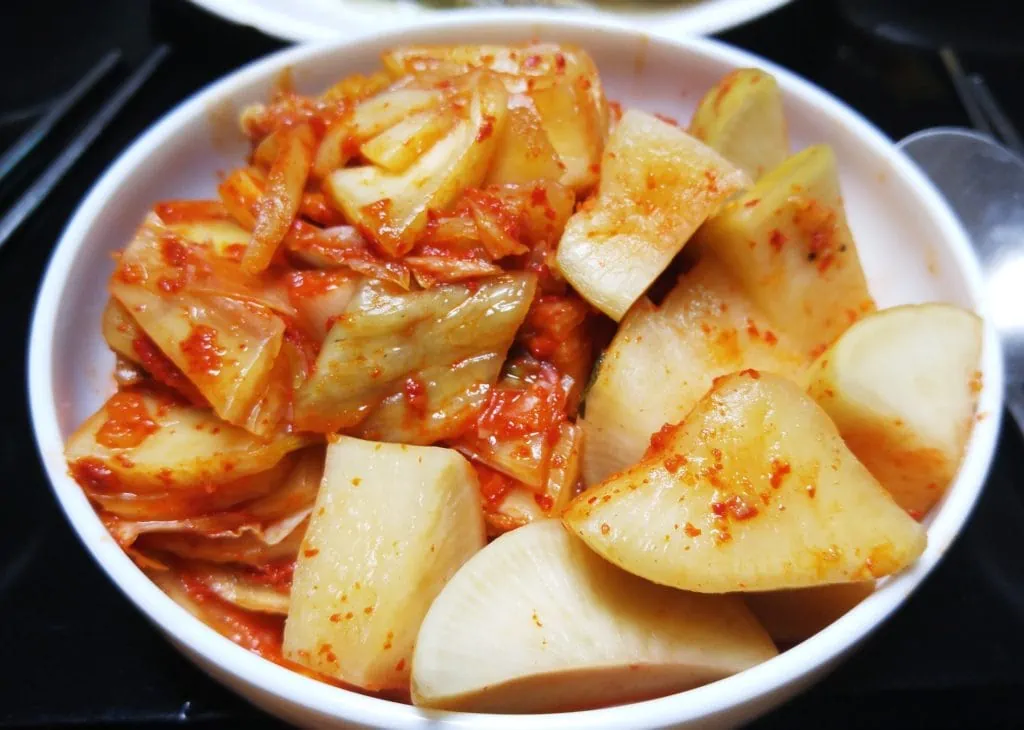
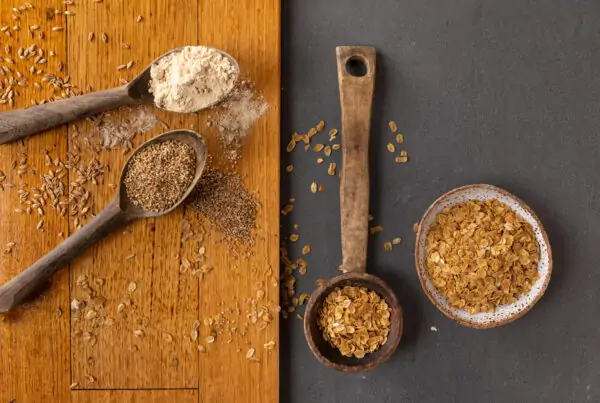
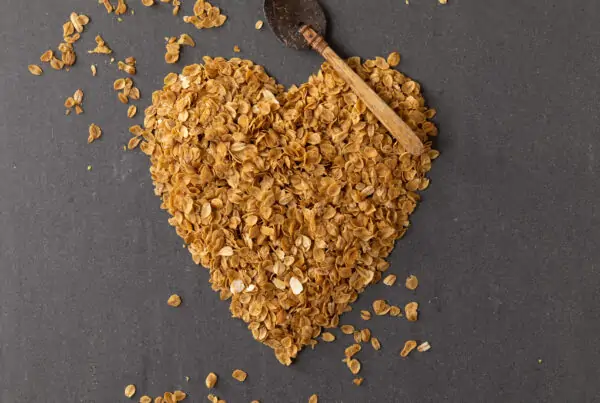
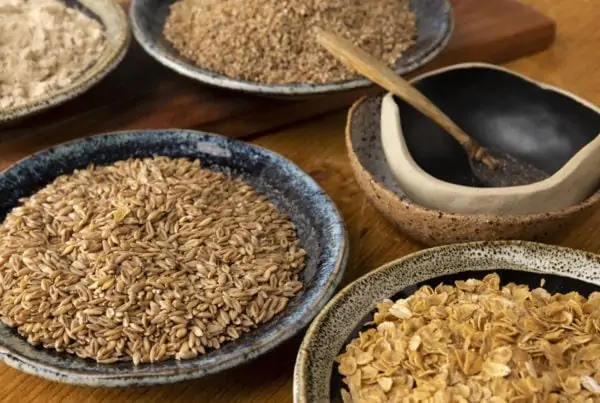

One Comment